GPT-3, the OpenAI tech behind the hugely popular AI chatbot, ChatGPT, is now being used to automate radio DJing.
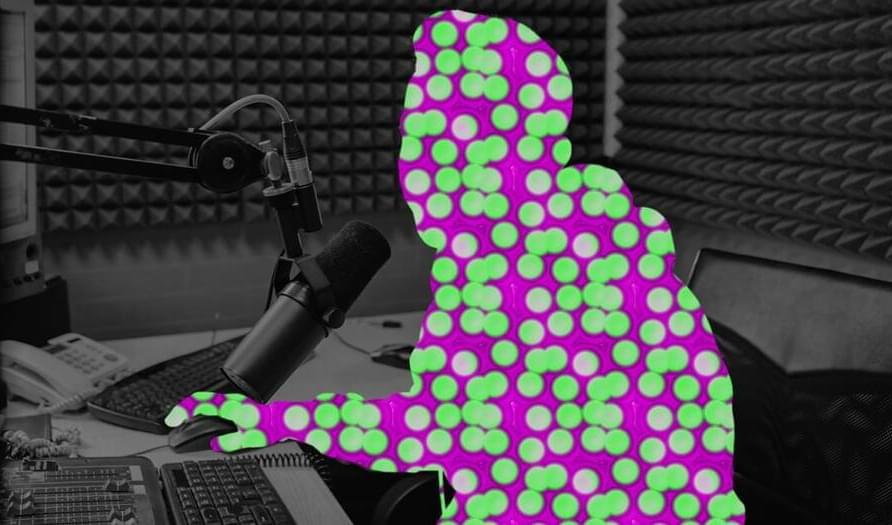

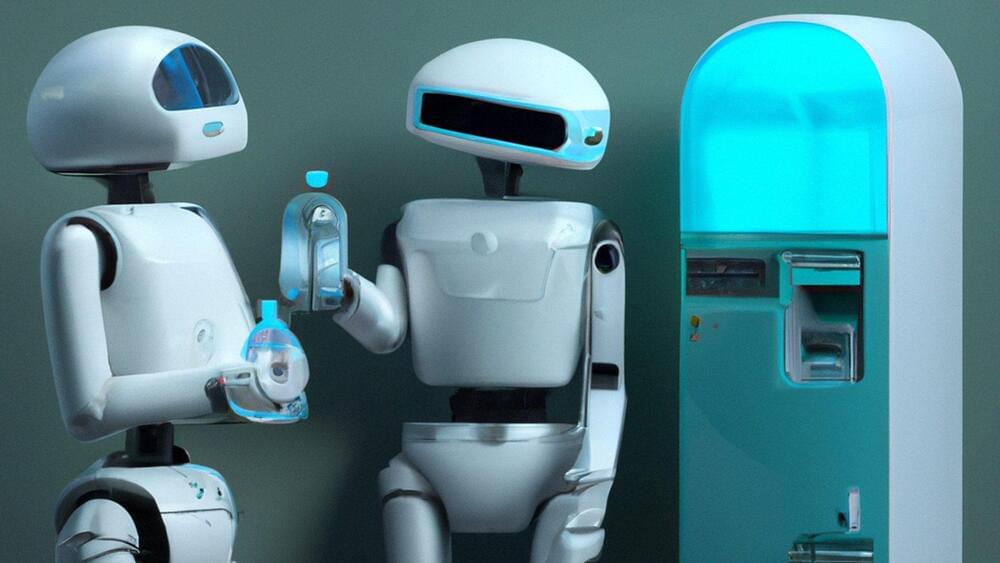
As part of our AItopia series exploring how AI will impact architecture and design, Dezeen examines whether the technology will end up taking architects’ jobs.
In 2019, New York-based designer Sebastian Errazuriz caused a stir with his claim that 90 per cent of architects could lose their jobs to machines.
Four years on, following the emergence of several generative-AI models such as Midjourney and ChatGPT, Errazuriz is writing a book about AI’s impact on society and told Dezeen his opinion has not changed.

Artificial intelligence is currently gaining a lot of attention worldwide, particularly in Hollywood, where thousands of actors and writers are on strike, demanding regulations concerning AI. In the midst of this, actress Whoopi Goldberg shared her thoughts on the growing use of modern technology.
During a Hot Topics chat on the recent episode of The View with Neil deGrasse Tyson, the actress had a very deep discussion on AI as she went on to share that she doesn’t want to be recreated by AI.
Goldberg said, “I don’t want AI duplicating me. That’s what I don’t want,”.
In an art world conquered by Artificial Intelligence, Claire takes a final stand against the new status quo.
A sci-fi short film created with the help of AI.
#shorts #shortfilm #ai #action #artificalintelligence #animation #midjourney #stablediffusion #aiart #runaway #generativeart #scifi #fantasy #noir #filmmaking #art #storytelling #videomaking #aigenerated #innovation #cinematography #virtualreality #contentcreation #filmproduction #aitools #sciencefiction #film #free #movie #digital #future #creativity #cinema #new #dystopian #drama #runway #pikalabs

Just like pretty much every other major tech company, is placing a heavy focus on generative artificial intelligence. CEO Andy Jassy noted on Amazon’s latest earnings call that every division has multiple generative AI projects in the works.
“Inside Amazon, every one of our teams is working on building generative AI applications that reinvent and enhance their customers’ experience,”. “But while we will build a number of these applications ourselves, most will be built by other companies, and we’re optimistic that the largest number of these will be built on. Remember, the core of AI is data. People want to bring generative AI models to the data, not the other way around.”
To that end, Jassy said that AWS provides services and infrastructure that can help its customers, as notes. The AWS CodeWhisperer system, for instance, aims to by suggesting snippets of code they can use directly in the code editor.
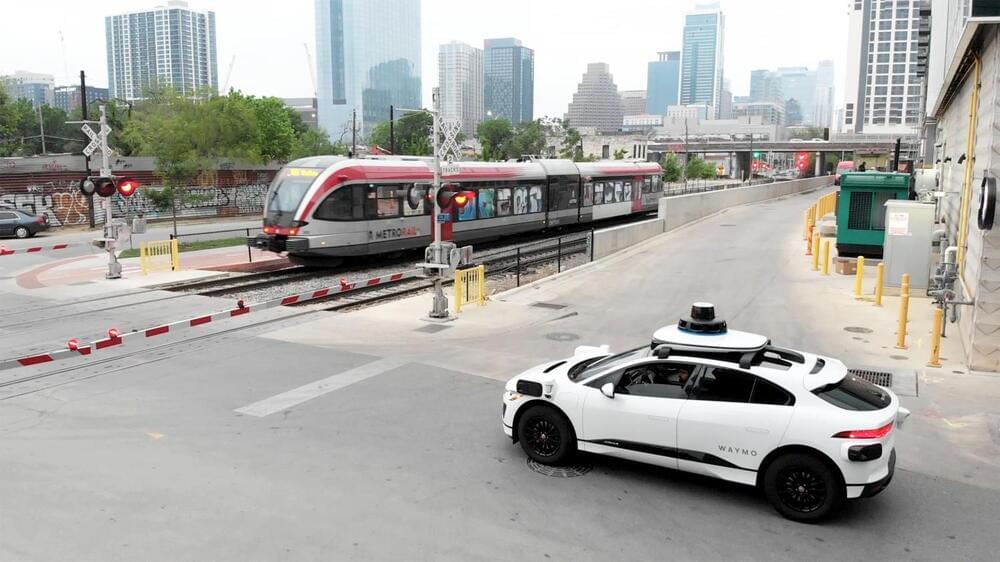
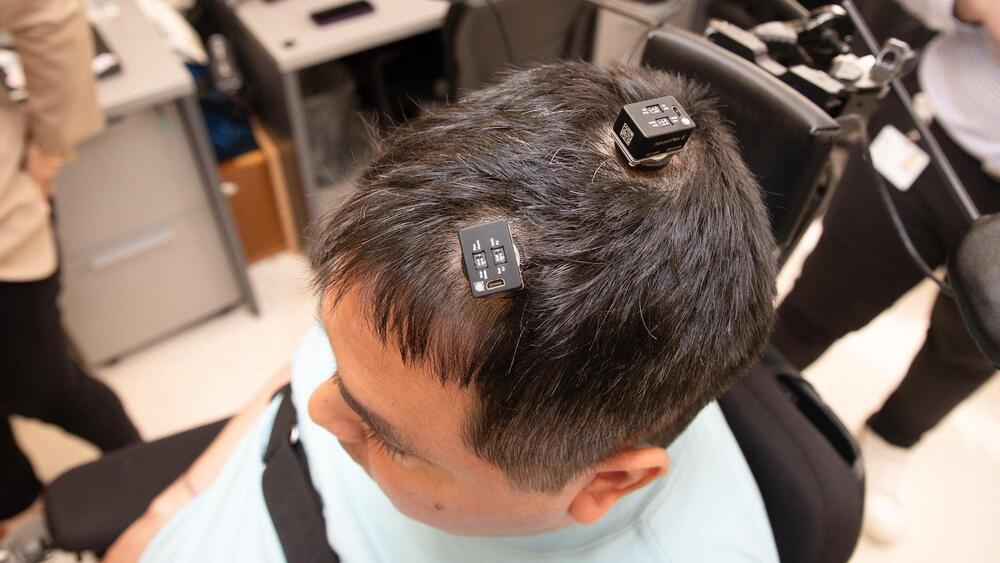
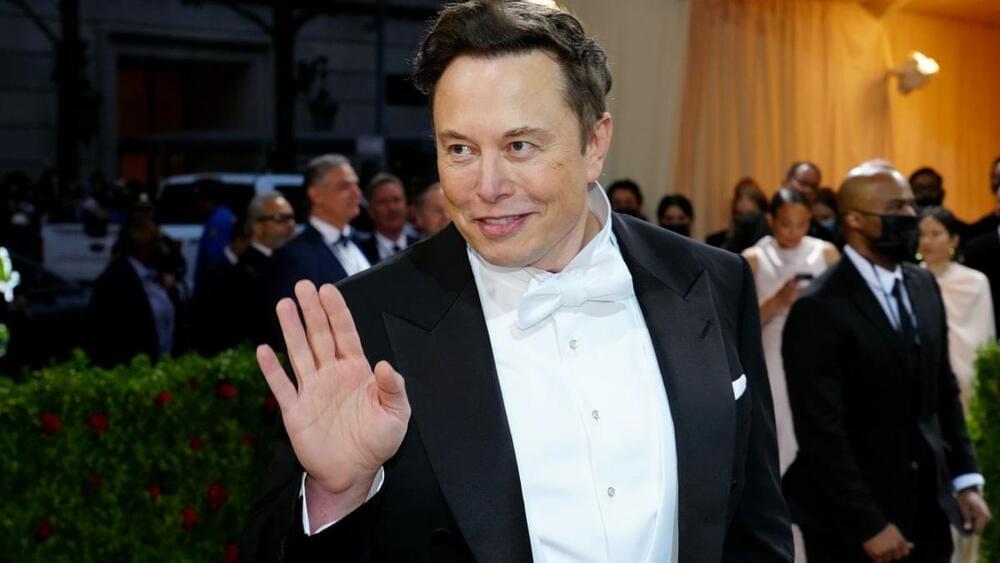
Will someone please tell us who the hell owns AI.com and what they’re doing with it?
The domain, which used to direct to ChatGPT, now redirects users to xAI, an AI company owned by Elon Musk. Separate from X Corp, xAI claims on its website that it “will work closely with X,” the social media company formerly known as Twitter — including using posts on X as training for its large language model.
The high-value AI.com domain name changed hands in 2021, sat idle for a while, and then suddenly started redirecting to ChatGPT in February. For ChatGPT users, it was a helpful shortcut if they didn’t have the site bookmarked and couldn’t quite remember the precise URL for the chatbot (chat.openai.com, for the record).
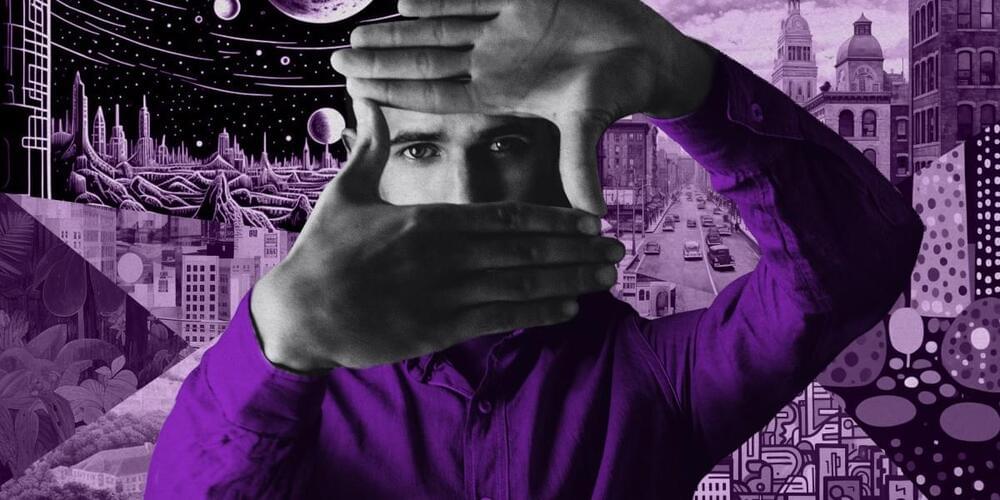
Plus: The race to find a better way to label AI.
Earlier this year, when I realized how ridiculously easy generative AI has made it to manipulate people’s images, I maxed out the privacy settings on my social media accounts and swapped my Facebook and Twitter profile pictures for illustrations of myself.
The revelation came after playing around with Stable Diffusion–based image editing software and various deepfake apps. With a headshot plucked from Twitter and a few clicks and text prompts, I was able to generate deepfake porn videos of myself and edit the clothes out of my photo. As a female journalist, I’ve experienced more than my fair share of online abuse. I was trying to see how much… More.

Andy Jassy used Thursday’s earnings call to underscore just how much the company is investing in artificial intelligence.
“Every single one” of Amazon’s businesses has “multiple generative AI initiatives going right now,” Amazon CEO Andy Jassy said on the company’s Q2 2023 earnings call on Thursday. The company offers infrastructure and services via AWS that can help power many generative artificial intelligence applications, which Jassy did discuss on the call, but he also stressed just how important AI is across the company as a whole.
Here’s more from Jassy about those generative AI initiatives:
Amazon wants you to know that it really cares about AI.